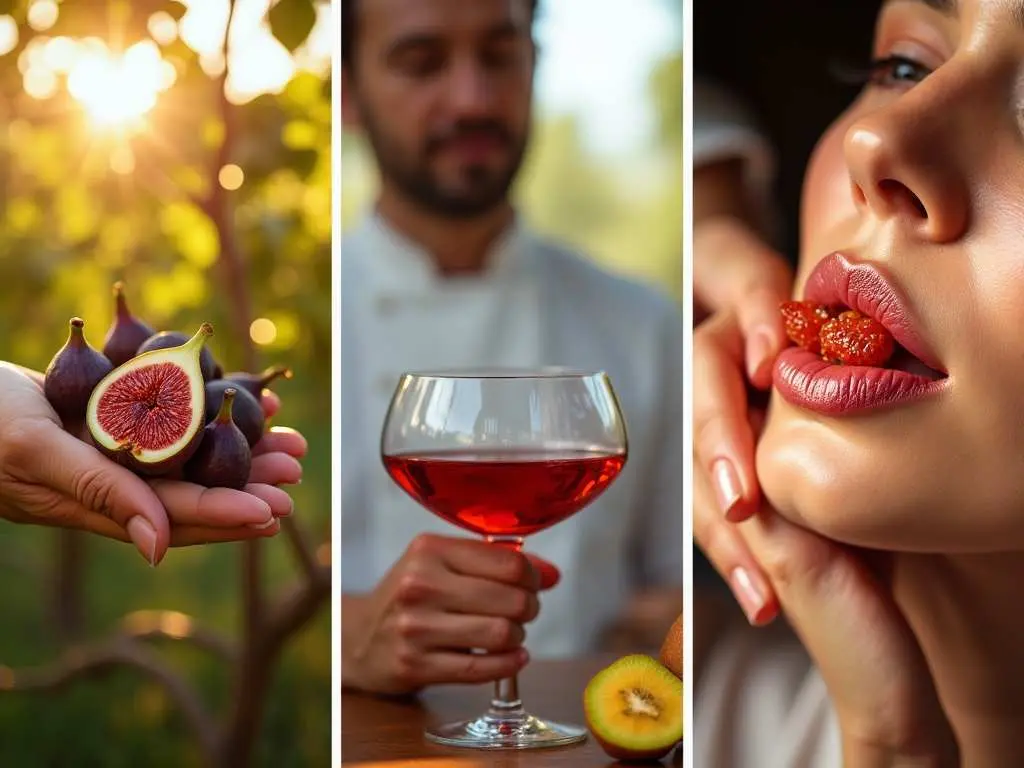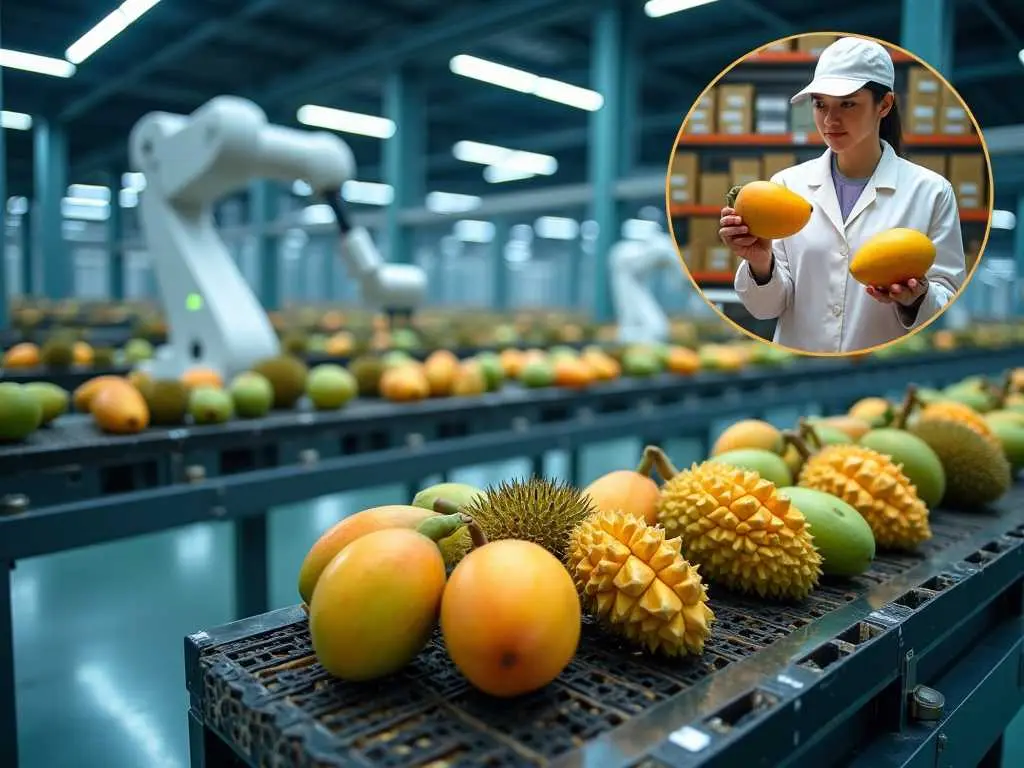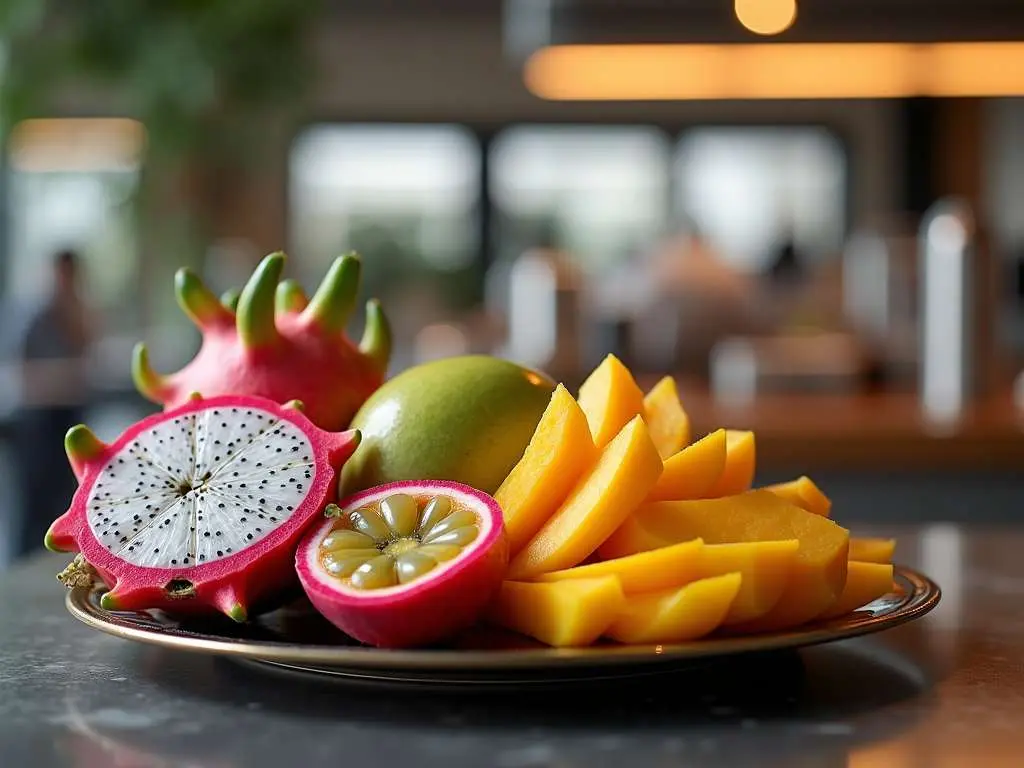As a renowned agricultural scientist specializing in fruit ripening and postharvest technology, I’ve observed how the concept of peak ripeness is revolutionizing quality standards across industries. This article explores the transformative power of optimal maturity, drawing on cutting-edge research and real-world applications to demonstrate its far-reaching impact.
The Science of Peak Ripeness
Peak ripeness refers to the optimal point in a fruit’s development when it reaches its maximum flavor, nutritional value, and overall quality. This state is the result of complex biochemical processes that occur during fruit maturation.
Biochemical Changes During Ripening
During the ripening process, fruits undergo significant changes in their chemical composition:
- Starch to Sugar Conversion: As fruits ripen, their starch content decreases while sugar content increases, leading to sweeter taste.
- Softening: The breakdown of cell wall components results in a softer texture.
- Color Changes: Chlorophyll degrades, revealing or producing other pigments like carotenoids and anthocyanins.
- Aroma Development: Volatile compounds are synthesized, creating the characteristic scent of ripe fruit.
Climacteric vs. Non-Climacteric Fruits
Fruits are categorized into two main groups based on their ripening behavior:
- Climacteric Fruits: These fruits, such as bananas, apples, and tomatoes, continue to ripen after harvest due to increased ethylene production and respiration rate.
- Non-Climacteric Fruits: Fruits like strawberries, citrus, and grapes do not ripen further after harvest and must be picked at peak ripeness.
Understanding these differences is crucial for optimizing harvest timing and post-harvest management.
The Impact of Peak Ripeness on Quality

The concept of peak ripeness extends beyond just fruits and vegetables, influencing quality standards across various industries.
Food Industry
In the culinary world, peak-ripe ingredients are transforming gastronomy:
- Enhanced Flavor Profiles: Chefs report that peak-ripe produce requires minimal seasoning, allowing natural flavors to shine.
- Nutritional Optimization: Fruits and vegetables at peak ripeness often have higher concentrations of vitamins, minerals, and antioxidants.
- Reduced Food Waste: By utilizing produce at its peak, less food is discarded due to over-ripening or spoilage.
Beverage Industry
The concept of peak ripeness is revolutionizing the beverage industry:
- Wine Production: Harvesting grapes at peak ripeness results in optimal sugar levels and flavor compounds, leading to superior wines.
- Craft Beer: Brewers are experimenting with peak-ripe fruits to create unique, flavorful beers.
- Juices and Smoothies: Companies are developing technologies to capture and preserve the taste of peak-ripe fruits in their products.
Cosmetics and Skincare
The beauty industry is harnessing the power of peak-ripe ingredients:
- Enhanced Efficacy: Active ingredients extracted from peak-ripe plants often show higher potency in skincare formulations.
- Natural Preservatives: Certain compounds found in peak-ripe fruits can serve as natural preservatives, reducing the need for synthetic additives.
- Aromatherapy: Essential oils derived from peak-ripe plants are prized for their superior scent profiles and therapeutic properties.
Technological Advancements in Achieving Peak Ripeness

Innovative technologies are being developed to ensure fruits and vegetables reach consumers at their peak:
Non-Destructive Ripeness Assessment
- Spectroscopy: Near-infrared spectroscopy can determine internal fruit quality without damaging the product.
- Acoustic Sensors: These devices measure fruit firmness by analyzing the sound waves produced when tapping the fruit.
- Electronic Noses: Advanced sensors can detect volatile compounds associated with ripeness.
Controlled Ripening Environments
- Ethylene Management: Precise control of ethylene levels allows for targeted ripening of climacteric fruits.
- Temperature and Humidity Control: Advanced storage facilities maintain optimal conditions to slow or accelerate ripening as needed.
- Modified Atmosphere Packaging: Specialized packaging materials regulate gas exchange to extend shelf life while maintaining quality.
Case Studies: Peak Ripeness in Action
Case Study 1: The Perfect Avocado
A major produce distributor implemented a multi-sensor ripeness detection system for avocados. By combining spectroscopy, acoustic sensing, and machine learning algorithms, they achieved:
- 95% accuracy in predicting optimal ripeness
- 30% reduction in waste due to over-ripening
- 25% increase in customer satisfaction scores
Case Study 2: Wine Industry Revolution
A boutique winery in Napa Valley developed a precision harvesting system based on real-time grape analysis:
- Grapes are harvested at optimal sugar and tannin levels for each varietal
- Resulting wines showed 15% higher scores in blind tastings
- Production efficiency increased by 20% due to reduced sorting and blending needs
Case Study 3: Skincare Breakthrough
A natural cosmetics company sourced peak-ripe berries for their antioxidant serum:
- Clinical trials showed 40% higher efficacy compared to products using conventionally harvested berries
- Product shelf life extended by 6 months without additional preservatives
- Brand loyalty increased by 35% among repeat customers
The Future of Peak Ripeness
As technology continues to advance, we can expect:
- AI-Driven Ripeness Prediction: Machine learning algorithms will provide increasingly accurate forecasts of optimal harvest times.
- Personalized Ripeness: Consumer preferences for ripeness levels will be incorporated into supply chain management.
- Blockchain for Transparency: Tracking systems will allow consumers to verify the ripeness journey of their produce from farm to table.
People Also Ask
Q: How does peak ripeness affect nutritional value?
A: Peak-ripe fruits and vegetables often have higher concentrations of vitamins, minerals, and antioxidants compared to under-ripe or over-ripe produce. This is due to the optimal balance of biochemical processes occurring at peak ripeness.
Q: Can peak ripeness be achieved for all types of produce?
A: While all produce has an optimal ripeness point, the ability to achieve and maintain peak ripeness varies. Climacteric fruits can be ripened post-harvest, while non-climacteric fruits must be harvested at peak ripeness for optimal quality.
Q: How is peak ripeness determined in industrial settings?
A: Industrial settings use a combination of technologies to determine peak ripeness, including spectroscopy, acoustic sensors, and electronic noses. These non-destructive methods allow for accurate assessment without damaging the produce.
Conclusion
Peak ripeness is ushering in a new era of quality across industries, from gastronomy to cosmetics. By harnessing the power of nature’s perfect timing, we’re unlocking unprecedented levels of flavor, nutrition, and efficacy. As technology continues to advance, the ability to achieve and maintain peak ripeness will only improve, promising a future where quality is not just a goal, but a consistent reality.
References
1 Paul, V., Pandey, R., & Srivastava, G. C. (2012). The fading distinctions between classical patterns of ripening in climacteric and non-climacteric fruit and the ubiquity of ethylene—An overview. Journal of Food Science and Technology, 49(1), 1-21.
2 Capino, A., & Farcuh, M. (2024, March 11). Ethylene and the Regulation of Fruit Ripening. University of Maryland Extension.
3 Seraglio, S. K. T., Schulz, M., Nehring, P., Della Betta, F., Valese, A. C., Daguer, H., … & Costa, A. C. O. (2018). Nutritional and bioactive potential of Myrtaceae fruits during ripening. Food Chemistry, 239, 649-656.


